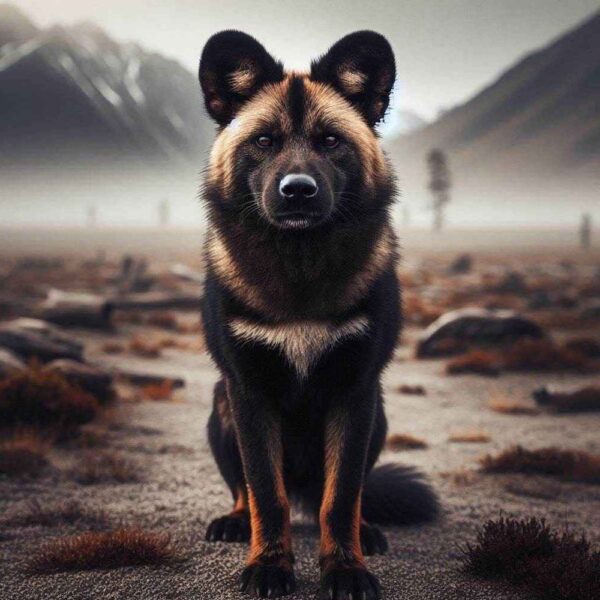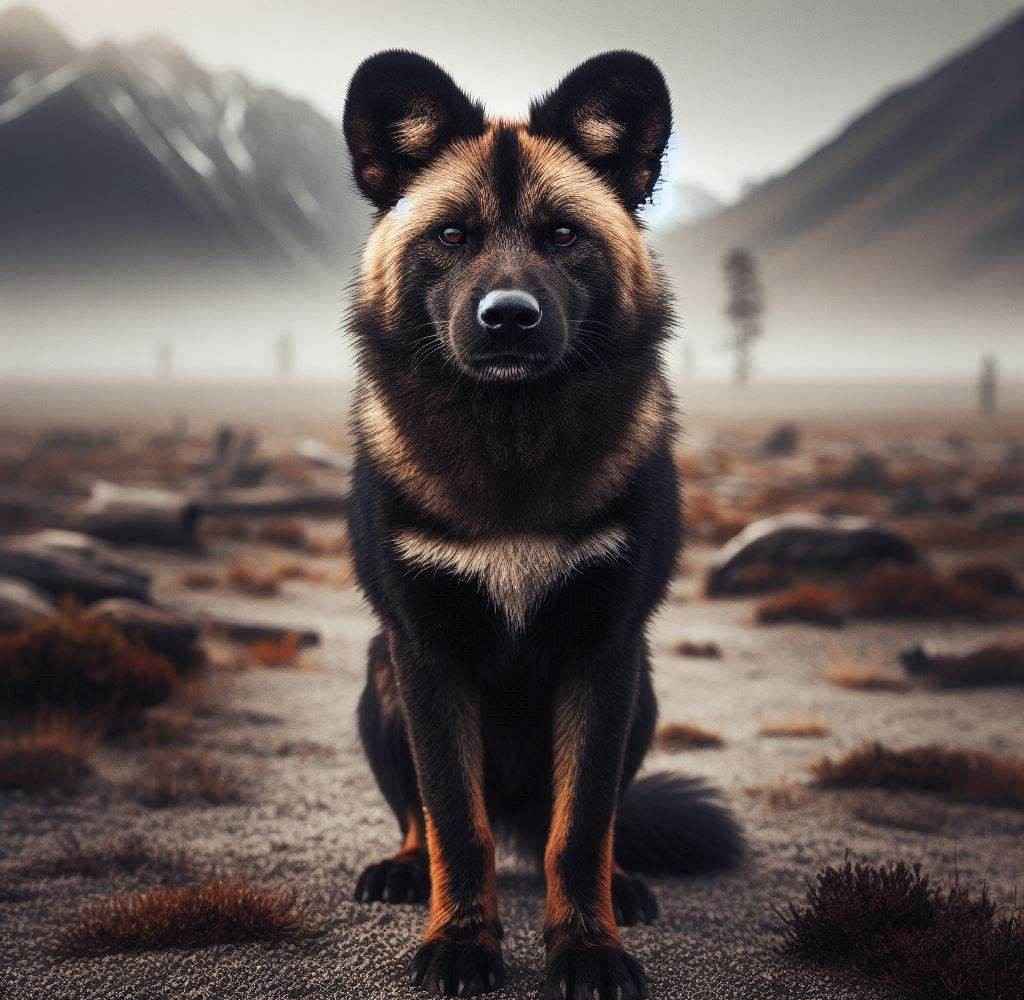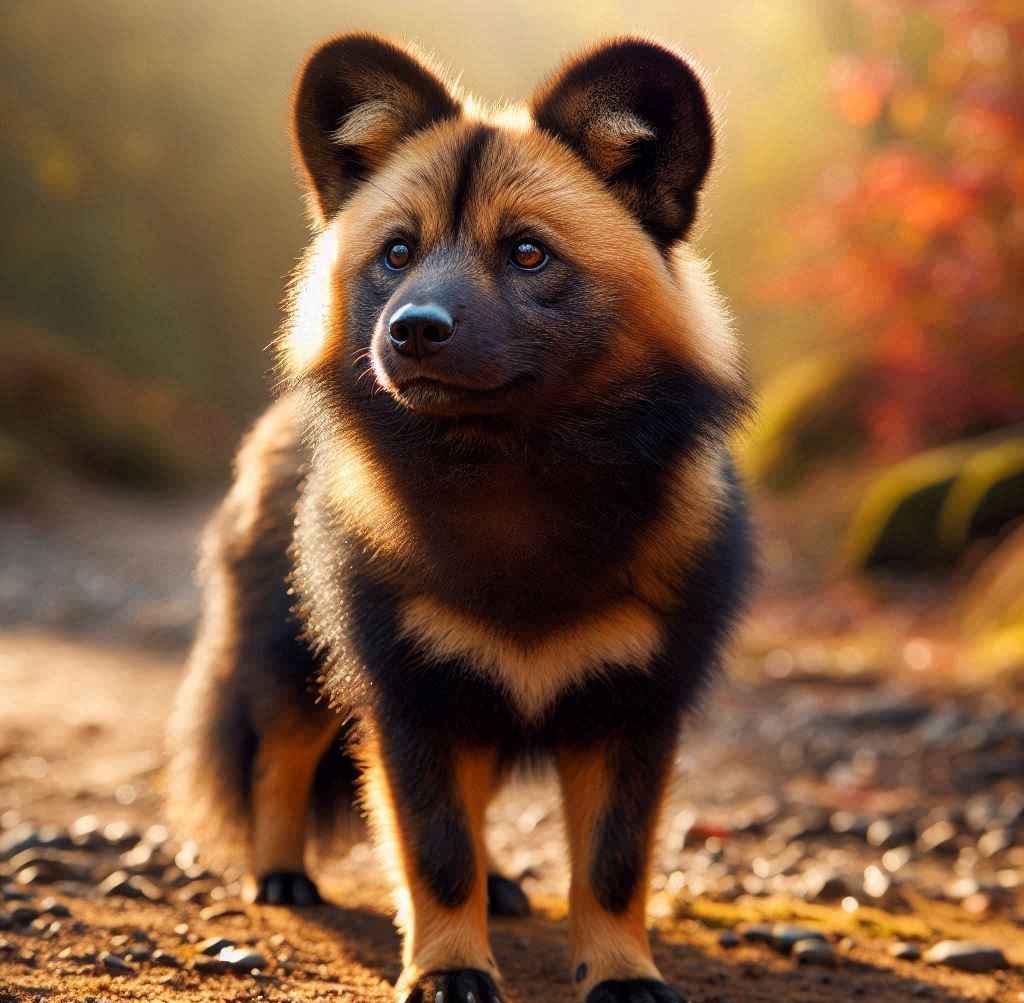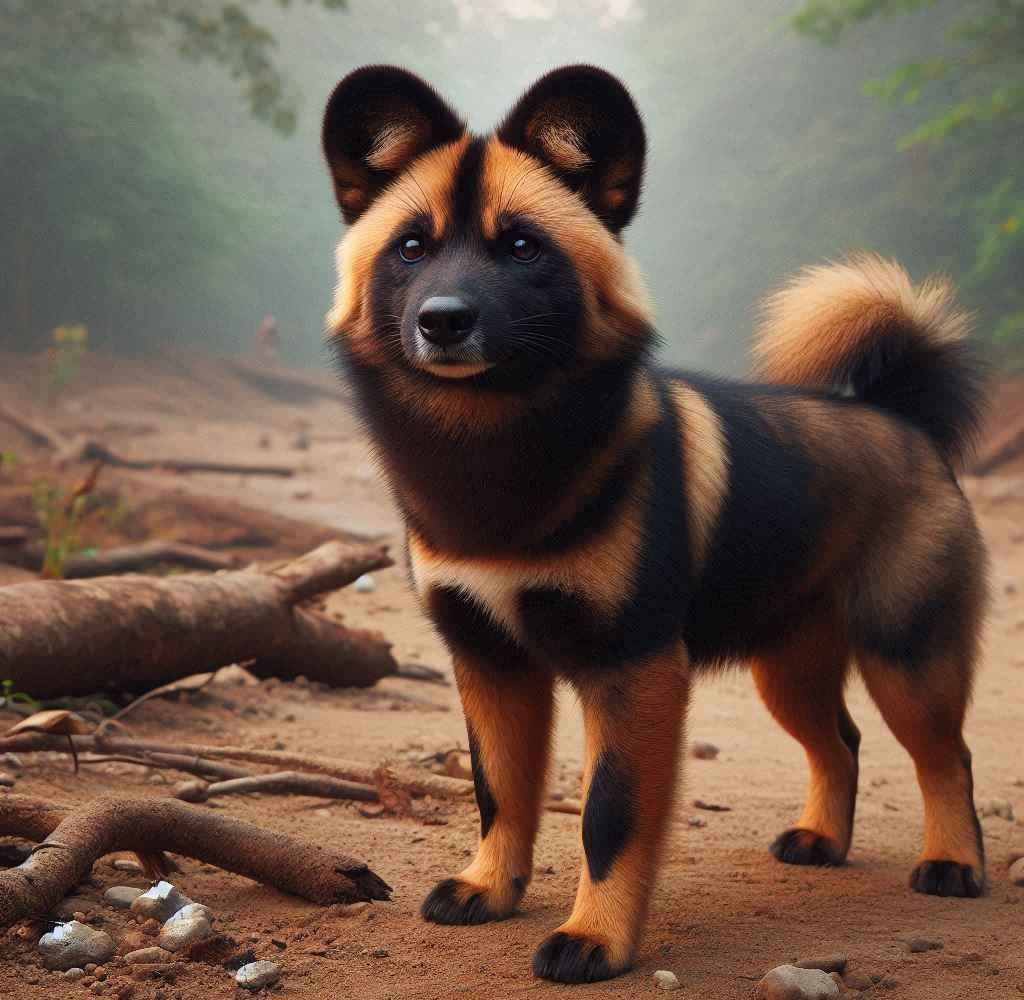Why Do Bush Dogs Are So Different From Other Dogs?
Answer to the question Why Bush Dogs Are So Different From Other Dogs? Bush dogs resemble the little mystery seen in nature. They are unique among dogs with their bear like muzzles, otter like webbed feet, and peculiar tails. In contrast to their cousins that prefer land, bush dogs have exceptional swimming abilities and can hunt in water. They also have a distinct social structure; they are frequently observed in close-knit groups or couples. Their unique attractiveness is enhanced by their tiny size compared to other canids found in the jungle. They are an uncommon sight due to their elusiveness and deep tunnels which lends an element of mystery to their already interesting existence.
Bush Dogs are very social creatures that do best in packs, typically with 12 or more individuals. Their ability to cooperate together to take down huge prey is key to their hunting success. They may eat rheas, capybaras, and bochet deer. Bush Dogs can take on these large game more successfully when they hunt in packs than when they hunt alone. Their ability to work together not only increases their chances of obtaining food but also strengthens their social ties as a pack.
What Thing Of Bush Dog Makes Them Different?
Bush dogs are a distinct breed of dog characterized by unusual physical characteristics, and tendency towards damp, wooded areas. They are common to the thick woods of Central and South America, where they thrive in damp, wooded areas. Their close-knit groups or couples that create deep relationships and their cooperative hunting techniques provide for an interesting social structure.
Due to their nocturnal habits and secretive nature, bush dogs are hardly seen in the wild. They crawl beneath earth to find refuge, and they mostly feed on small animals. They are unique among the dog family in that they can take down bigger animals with well-coordinated pack actions. They are an invaluable addition to the canine family because of their distinct physical adaptations, habitat preferences, social behaviors, and secretive nature.
With their remarkable webbed feet, bush dogs are little natural marvels that are ideal for swimming across rivers in rainforests. They are unlike other dogs in the dog world because of stocky, compact bodies. They flourish in the deep, moist woods of Central and South America, unlike other dogs. Their social behaviors are also intriguing; they often form close knit packs that hunt with amazing coordination. They are illusive and mostly nocturnal, which adds to their attraction as mysterious beings who burrow below. Because of these characteristics, bush dogs are one of the most unique and fascinating animal species.
The Majority Of Current Dog Breeds Were Developed In The 2000s?
The majority of dog breeds that exist now were really created far earlier than the 2000s. Many of the popular breeds, such as the German Shepherd and Labrador Retriever, have been around for much longer, even if other younger breeds have just recently come into being. A few modern varieties and designer mixes have been popular in the 2000s, but the foundation of dog breeds was established centuries ago, and their characteristics have been gradually developed via demanding breeding procedures.
Therefore, the basic breeds have deep historical roots, with the fact that we may have fancy hybrids and fresh looks. The 2000s did not see the development of most dog breeds that exist today. The majority of dog breeds that are known to us now were really developed much earlier especially in the 19th century during the Victorian era. During what is referred to as the Victorian Explosion, dog breeding significantly increased, giving rise to many of the varieties we are familiar with today.
Although a few new varieties have gained recognition in recent years the majority of breeds have their roots in work done more than a century ago. Although new breeds are still recognized by the American Kennel Club (AKC) they are often the outcome of long term breeding efforts rather than recent advancements.
How Are Bush Dogs Behaviorally & Naturally?
Bush dogs are amazing animals with unusual social habits. They are active throughout the day since they are terrestrial. These animals can have up to 12 individuals in their social groupings. There is a dominant breeding partner in every pack, and only the alpha female gives birth to children. Even though they are not reproducing, the other members of the pack are vital to the upbringing and defence of the pups. The offspring are protected by the non breeding members.
Males also have a caring role by providing food for the female when she is with the pups in the den. This cooperative behavior shows the close bond and friendship found in packs of bush dogs. Bush Dogs are the social engines of nature, living in close-knit groups where cooperation and communication are valued highly. They are nimble, adaptable, and skilled hunters of bigger game, like as deer and capybaras, in the wild.
Their social structure is remarkable since everyone contributes to the smooth operation of the group. They are also well-known for having odd physical characteristics, like as small legs and a slim body, which enable them to move through their surroundings, which are densely wooded. All things considered, Bush Dogs are a fine example of the harmonious fusion of aggressive efficiency and cooperative spirit found in nature.
What Is The Diet & The Characteristics Of Bush Dogs?
Excellent daytime hunters, bush dogs are carnivores. Large rodents include the pacas, agoutis, acouchis, and capybaras make up the majority of their diet1. Due to the size of their prey, bush dogs are excellent hunters. Although bush dogs may hunt by themselves, they usually choose hunting in small packs. They can coordinate their efforts and take down larger prey more effectively because to their group behavior.
An essential element of their existence, their social hunting approach shows their collaboration and coordination. Bush dogs are distinct from other dogs due to their day activity, inclination for big rodent prey, and pack hunting habits. Bush Dogs eat an extensive number of exciting foods, such as deer, capybaras, small animals, and birds. They are expert hunters who rely on the cooperation of their pack to take down larger targets.
Bush Dogs are known for having small legs and a sleek, low slung physique that make them perfect for running through thick undergrowth. They are vigilant and nimble due to their wide, rounded ears and keen, expressive eyes. These canines, whose social structures place a high value on cooperation and close relationships, are equally interesting as they are effective and well suited to their natural, woodland environments. You can also know about Can bush dog be domesticated?
Facts & Features Of Bush Dogs:
- Bush Dogs are graceful, small canines with short legs that are perfect for moving through dense woods.
- Their unique appearance is credited to their short coat and somewhat deer like build.
- Their social nature demands that they should live in packs of up to twelve, as this makes hunting easier.
- They consume a variety of foods, including as deer, capybaras, and small animals.
- Bush Dogs are incredibly cooperative hunters who use teamwork to take down larger game.
- They communicate using a range of vocalizations and body signals.
- Because they have evolved to their heavily forested environments, they are elusive and rarely seen by humans.




